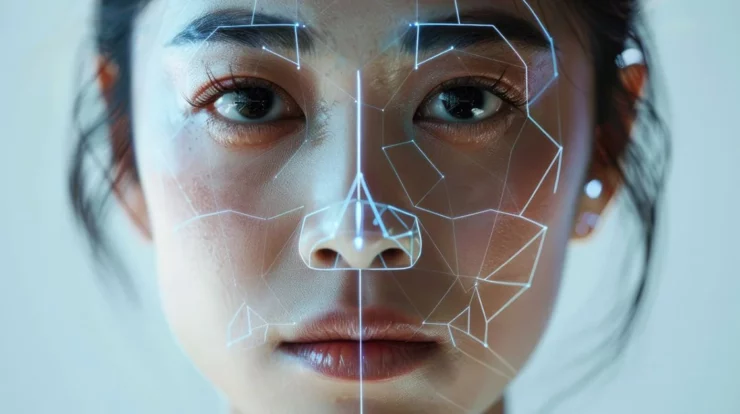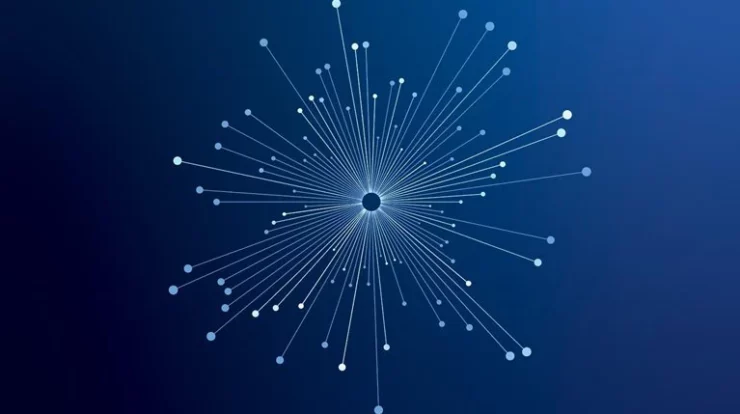
The sophistication of deepfakes is growing, and it’s getting harder to tell the difference between real and fake video, image, and audio material. The situation is becoming more of a worry because deepfakes can be used to share false information or hurt people’s reputations. Before AI is released, people should learn about the new tools, as they will likely be vital to future tech. Here, we’ll focus on fake news on the internet and how to spot a deepfake.
1. Look for anomalies
According to ExpressVPN, one of the most common signs of a deepfake is the presence of anomalies like fuzzy edges, fake lighting, or mismatched facial features. In 2018, a fake video of former President Obama was created by using AI to change his facial expressions, but there were some anomalies that made it obvious that it was fake. These anomalies may be harder to spot these days, but if you focus on the key points, you can easily spot a deepfake.
2. Pay attention to facial expressions
Deepfakes frequently exhibit facial expressions that are excessively perfect or exaggerated. They may also not show many changes in mood, which can make them look stiff or robotic. For example, in 2020, a deepfake video of Tom Cruise that went viral on TikTok made the fake actor’s facial movements look too good to be real.
3. Check the lighting
Deepfakes frequently exhibit inconsistent lighting, particularly when the video combines various clips. One clear sign that the video is fake is if one part of it was shot in the middle of the day and the other in the evening.
4. Check for lip sync
Getting the audio and video to work together is one of the hardest parts of making deepfakes. Deepfakes may not sync audio, so words and mouth movements may be off or delayed. In 2019, someone created a famous deepfake video of Facebook CEO Mark Zuckerberg. In it, he seemed to be bragging about the power and impact of the company, but his lips were not moving in time with the audio, clarifying it that something was wrong.
5. Look for background details
Deepfake makers often use videos that already exist and change them to make their own. In other words, the background information might not match what’s in the video. For instance, altering a leader’s video to depict them in a different location is a clear indication of a deepfake.
6. Analyze the audio
Deep fakes can be created through audio editing, in which a person’s voice is synthesized to say something they didn’t say. Listen for any audio errors, such as pitch or tone changes, to spot these kinds of deep fakes. If a skilled individual didn’t add the audio to the tone mix, it may sound almost robotic.
7. Check the source
Check the source whenever a video or image is shared on social media or messaging apps. If you don’t know or believe the source, it’s more likely to be a deepfake. In 2020, someone on social media shared a deepfake video of the Australian Prime Minister. People quickly exposed it as a fake. It is crucial to confirm the direction of political material, particularly if it seems strange or difficult to believe.
8. Use deepfake detection tools
Sensity’s Deeptrace and Microsoft’s Video Authenticator are two tools that can help you find deepfakes. To analyze the video and look for any signs of manipulation, these tools use machine learning techniques.
9. Seek expert opinion
If you’re not sure if a video is real or a deepfake, ask a professional. Professionals in law enforcement and technology companies can often spot deepfakes.
10. Be skeptical
Being skeptical of everything you see online is the most important thing to remember. Deepfakes are more common, so verify the authenticity of any video or image.
To sum up, deepfakes are becoming a bigger problem, but there are ways to spot them. Always check for sources and anomalies that might help you confirm the news. Remember that not everything you see online is true and real.
